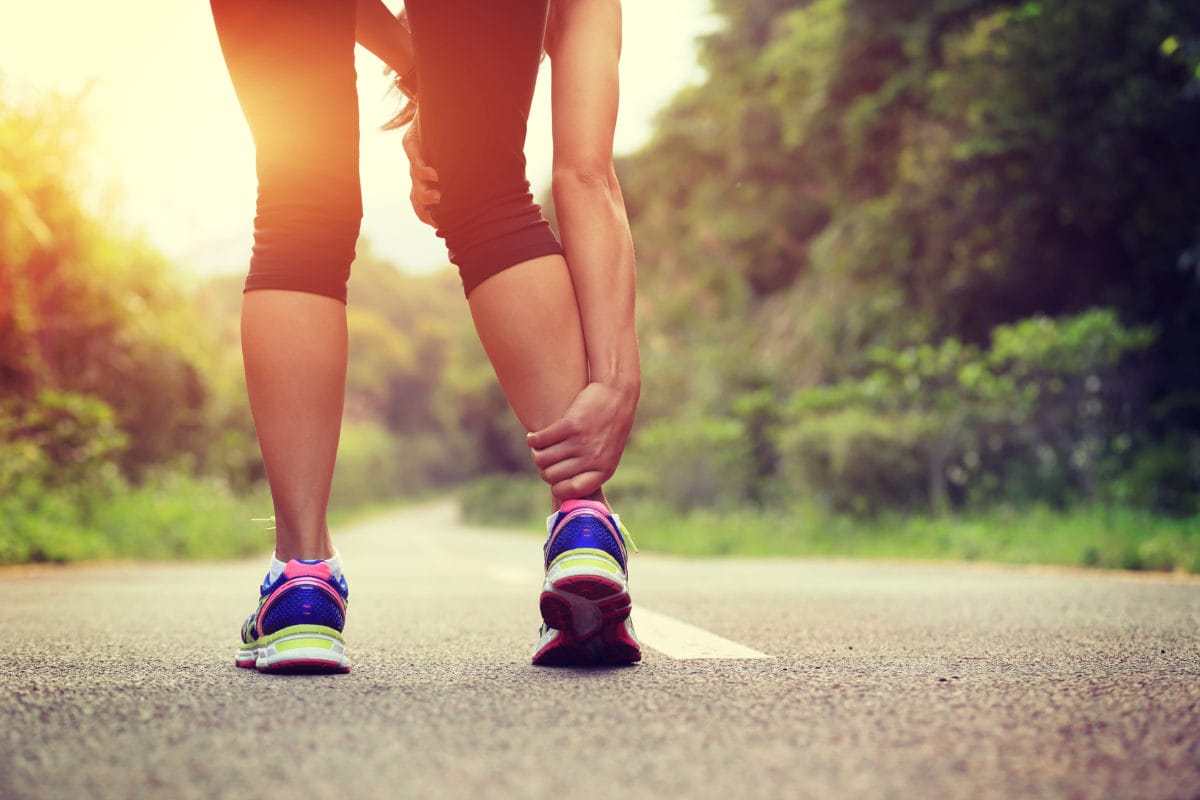- #11-13 Mount Elizabeth Medical Centre (Orchard)
- Mon Fri 9am — 6pm | Sat 9am — 12.30 pm
Sports practice offers many benefits for physical and mental well-being. However, the inherent physical demands can lead to various musculoskeletal injuries. This guide provides a comprehensive overview of sports injuries, encompassing causes, symptoms, diagnosis, treatment options and associated conditions.
A sports injury refers to any damage sustained by the musculoskeletal system (muscles, tendons, ligaments, bones) during physical activity or exercise. The spectrum of injuries ranges from minor sprains and strains to more serious fractures and dislocations.

Many factors contribute to the development of sports injuries:

The clinical presentation of a sports injury varies depending on the severity and location of the injury. However, some common signs and symptoms include:
It is essential to remember that these symptoms can sometimes be caused by other musculoskeletal conditions. Consulting a healthcare professional for a proper diagnosis is essential.
Diagnosing a sports injury usually involves:
A complete discussion of the athlete’s symptoms, the type of sporting activity they were engaged in when the injury occurred, and any prior injuries. Contact Us and book your appointment today.
The healthcare professional will assess the affected area for:
Imaging Tests might be ordered in some cases to obtain a clearer picture of the injury:
The treatment approach for a sports injury depends on the specific type and severity of the injury. Here’s an overview of common treatment strategies:
Proper rehabilitation and a gradual return to activity are essential for optimal recovery from a sports injury. Here are some key points to remember:
Proper rehabilitation and a gradual return to activity are essential for optimal recovery from a sports injury. Here are some key points to remember: